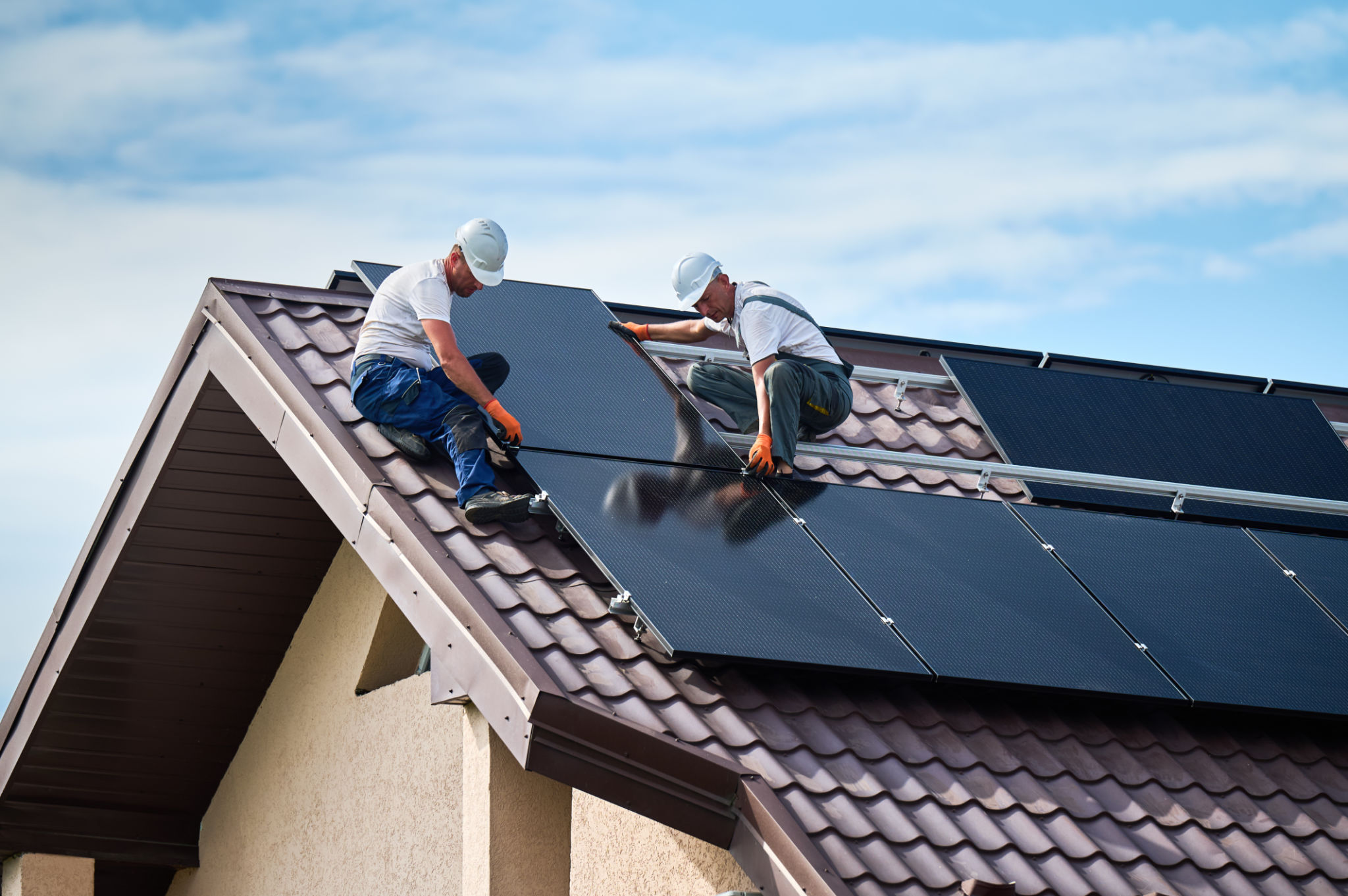How to Choose the Right Solar System for Your Home
Understanding Your Energy Needs
Before diving into the world of solar systems, it’s crucial to understand your home's energy requirements. Begin by analyzing your electricity bills from the past year to determine your average monthly energy consumption. This data will give you a baseline for the size of the solar system you'll require.
Additionally, consider any future changes that might affect your energy use, such as purchasing an electric vehicle or adding new appliances. Understanding these needs ensures that the solar system you choose will efficiently meet both current and future demands.

Types of Solar Panels
There are three main types of solar panels to choose from: monocrystalline, polycrystalline, and thin-film. Each type has its own advantages and disadvantages, impacting efficiency, cost, and aesthetics.
Monocrystalline Solar Panels
Monocrystalline panels are known for their high efficiency and sleek appearance. They are made from a single crystal structure, which allows for better electron flow. Although they tend to be more expensive, their efficiency makes them ideal for homes with limited roof space.
Polycrystalline Solar Panels
Polycrystalline panels are generally more affordable and are made from multiple crystal structures. While slightly less efficient than monocrystalline panels, they offer a budget-friendly option without significantly compromising performance.

Thin-Film Solar Panels
Thin-film panels are the least efficient but offer flexibility and a lower price point. They are suitable for non-traditional installations or where weight and aesthetics are critical considerations. However, they require more space to produce the same amount of energy as crystalline panels.
Considerations for Installation
Installation is another important factor when choosing the right solar system. Consider the orientation and angle of your roof, as these will impact the efficiency of your solar panels. Ideally, panels should be installed on south-facing roofs with a slope between 15 to 40 degrees.
If your roof isn’t suitable, ground-mounted systems or adjustments like tilt mounts can optimize exposure to sunlight. Remember that professional installers can provide an assessment to determine the best setup for your home.

Inverter Options
The inverter converts the direct current (DC) generated by solar panels into alternating current (AC) for home use. There are three main types: string inverters, microinverters, and power optimizers. Each has its own benefits depending on your specific energy needs and budget.
String Inverters
String inverters are cost-effective and suitable for homes with minimal shading on the panels. However, their efficiency can be impacted if even one panel is shaded.
Microinverters and Power Optimizers
Microinverters and power optimizers offer superior performance in partially shaded conditions by optimizing each panel individually. While more expensive, they maximize energy production and provide greater flexibility in system design.
Evaluating Costs and Incentives
Cost is a significant factor in selecting a solar system. To make an informed decision, obtain quotes from several reputable installers and compare their offerings. Consider not just the initial investment but also long-term savings on energy bills.
Take advantage of government incentives and rebates that can significantly reduce costs. Tax credits, state incentives, and solar renewable energy certificates (SRECs) can help make solar energy more affordable.
Making Your Final Decision
Choosing the right solar system for your home is a substantial decision that requires careful consideration of your energy needs, budget, and installation conditions. By understanding the different components and options available, you can select a system that will provide sustainable energy for years to come.
Consulting with professionals can help you navigate the complexities of solar installations and ensure you make the most informed choice possible. With the right system in place, you'll enjoy the benefits of renewable energy while contributing to a greener planet.
